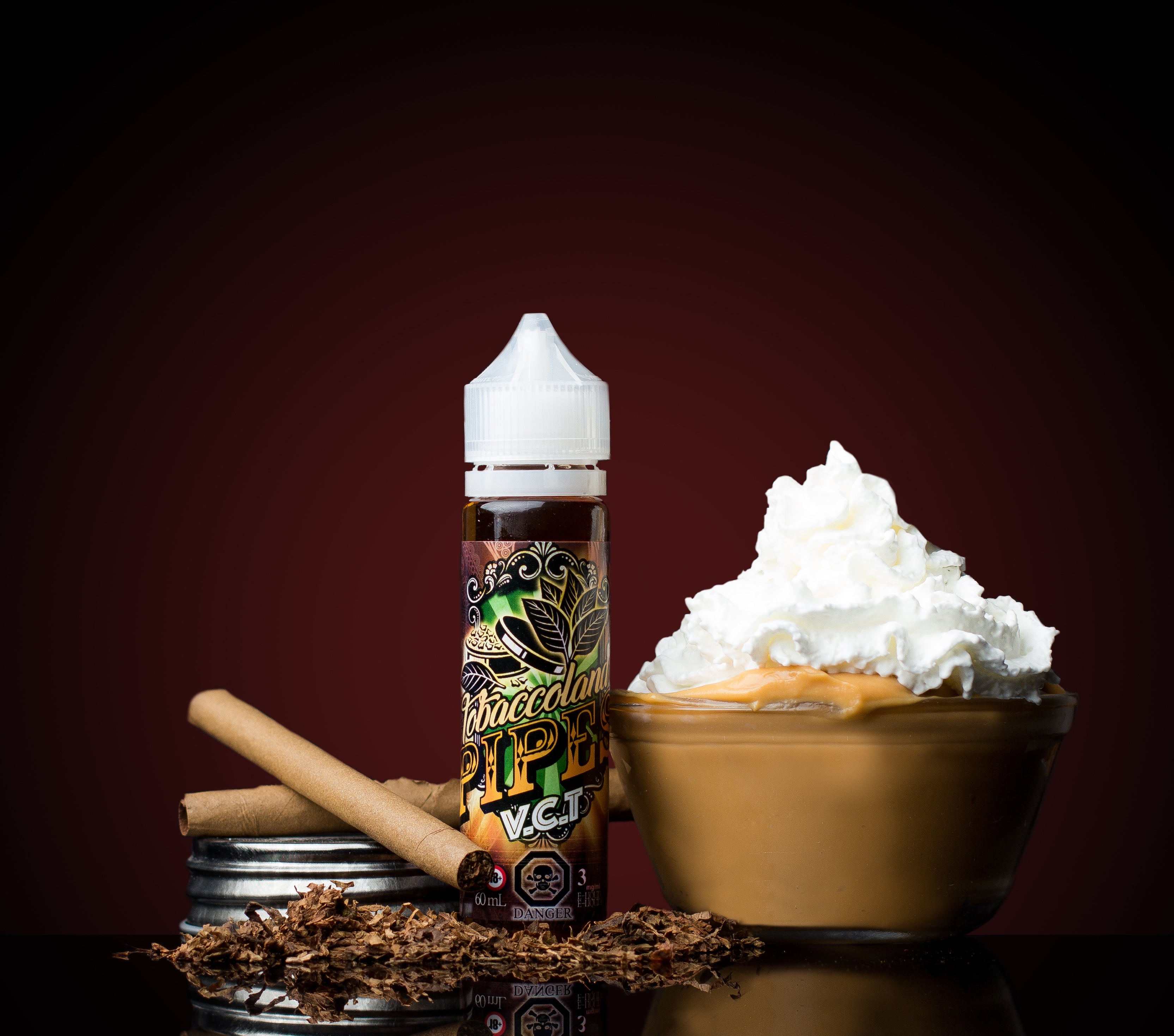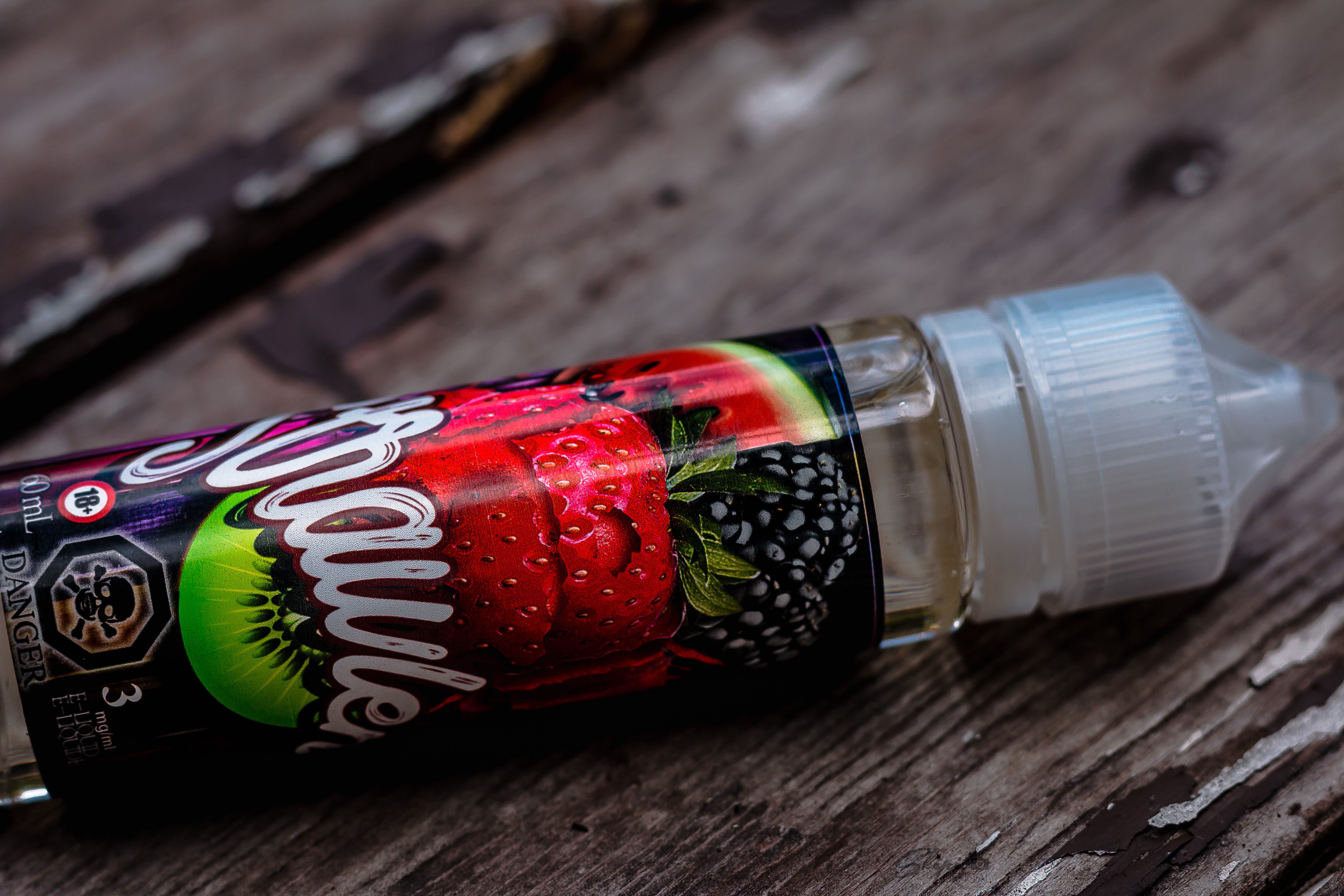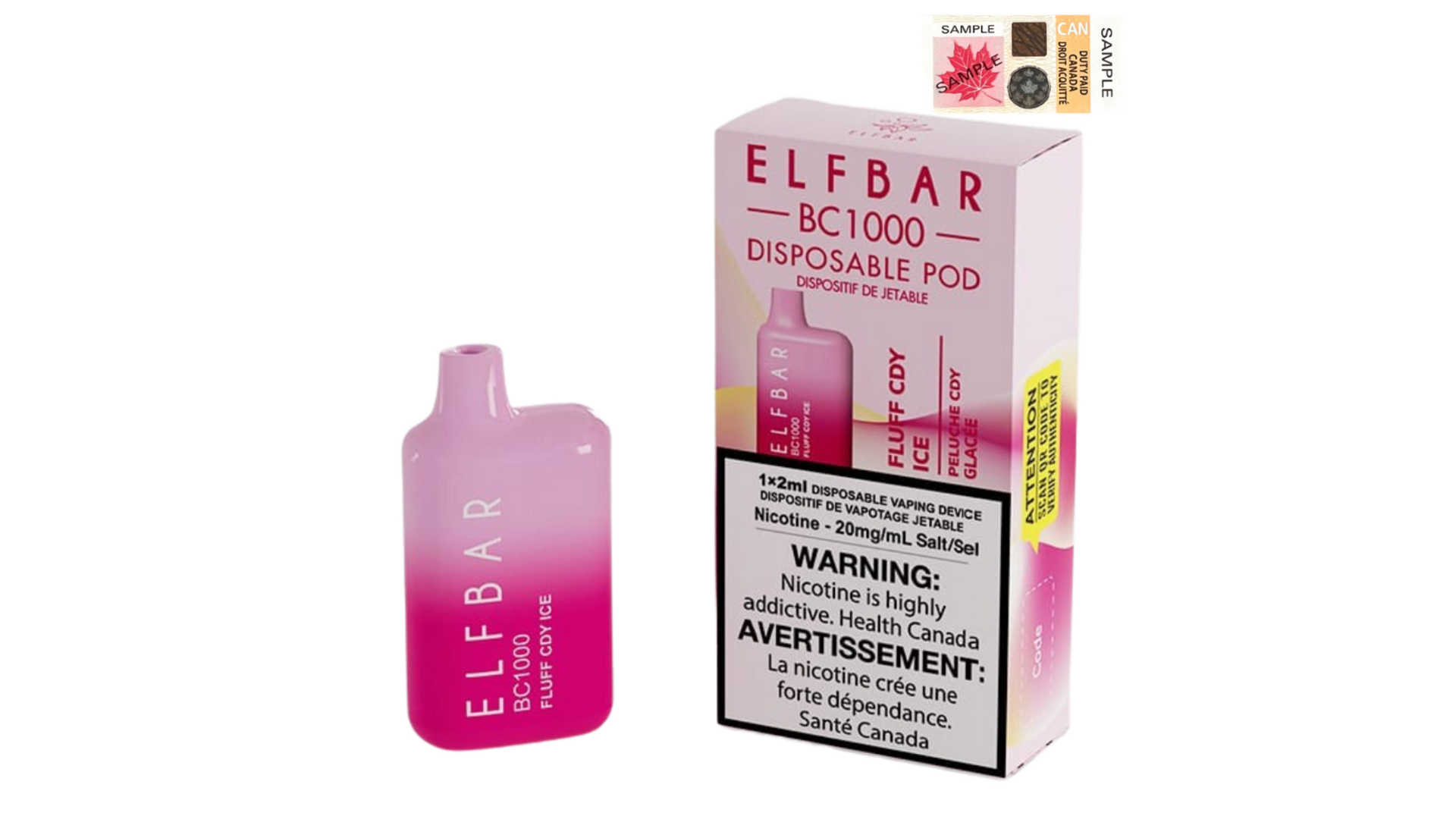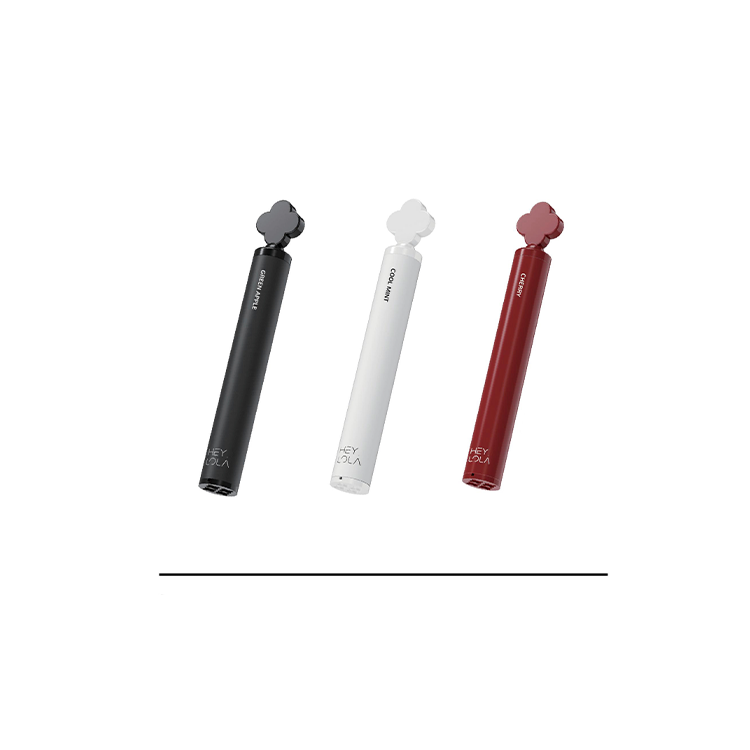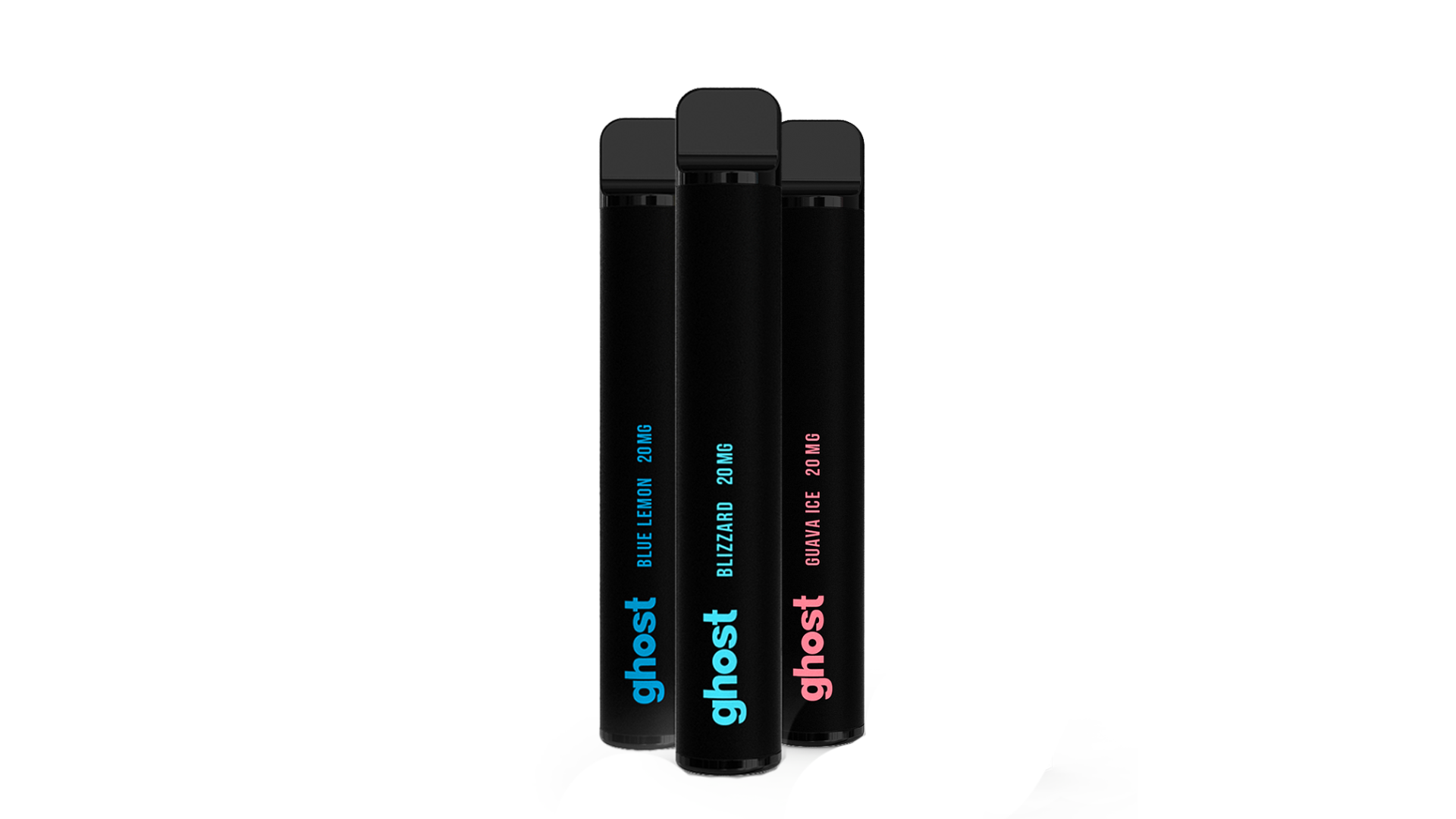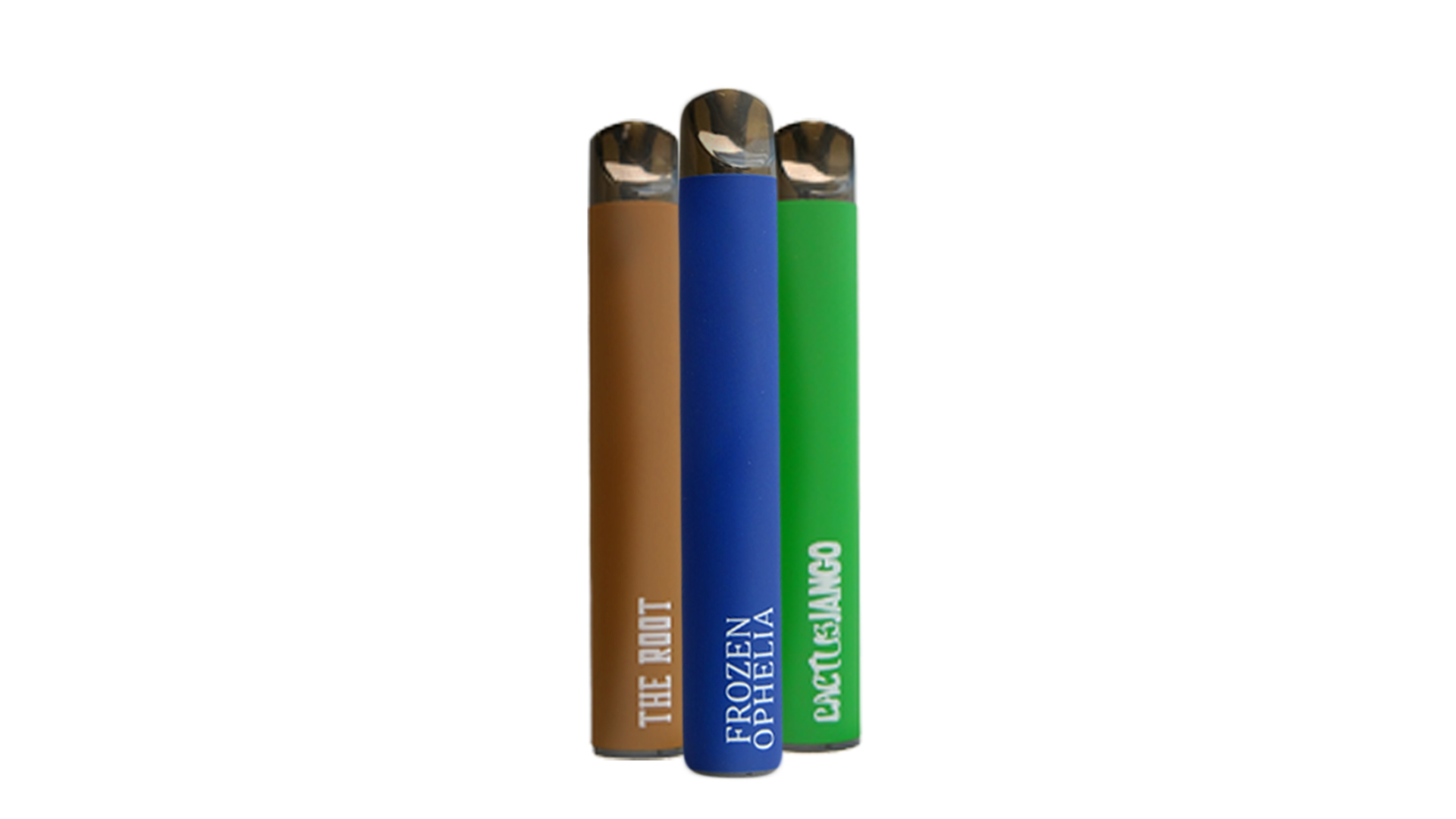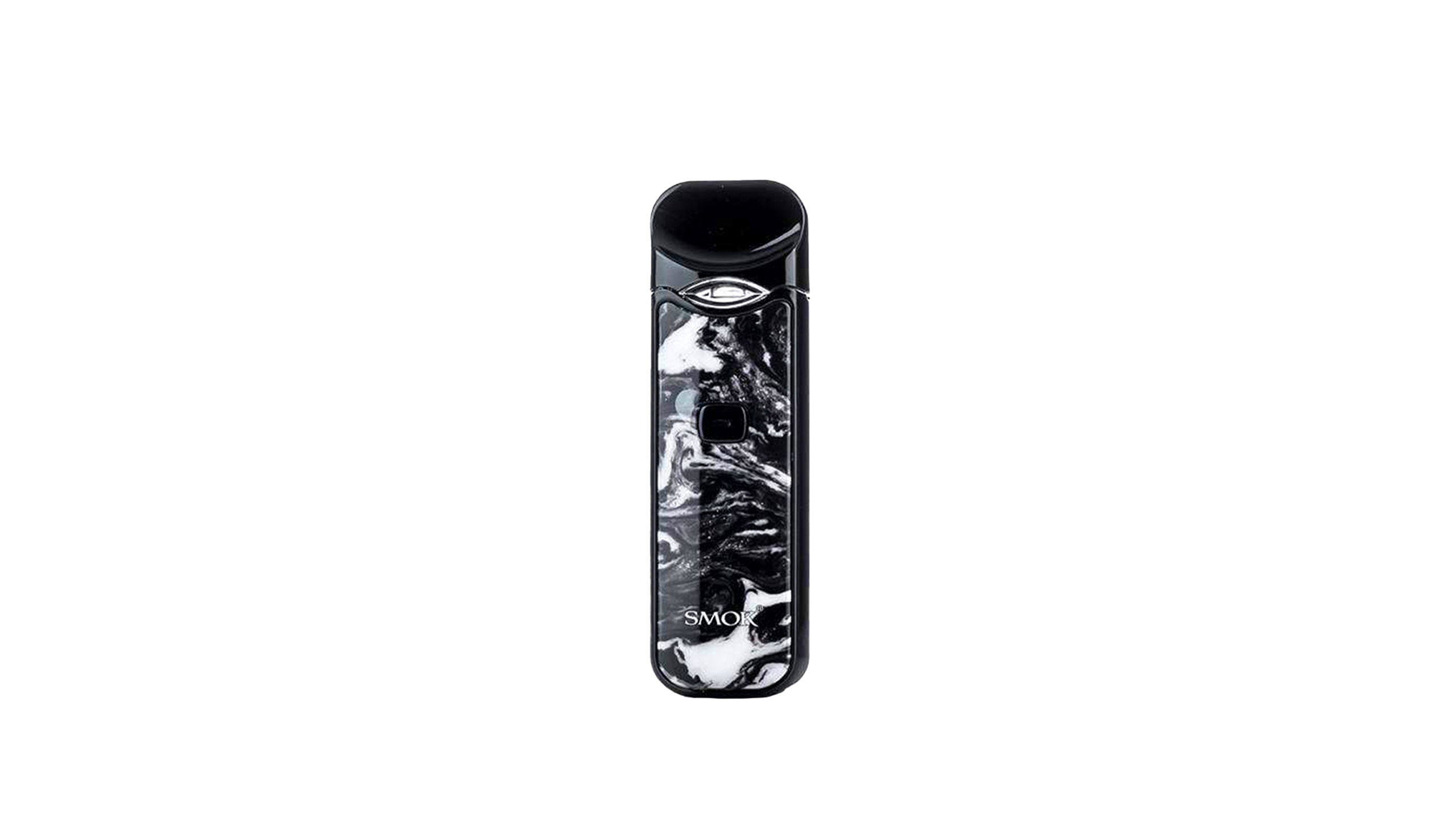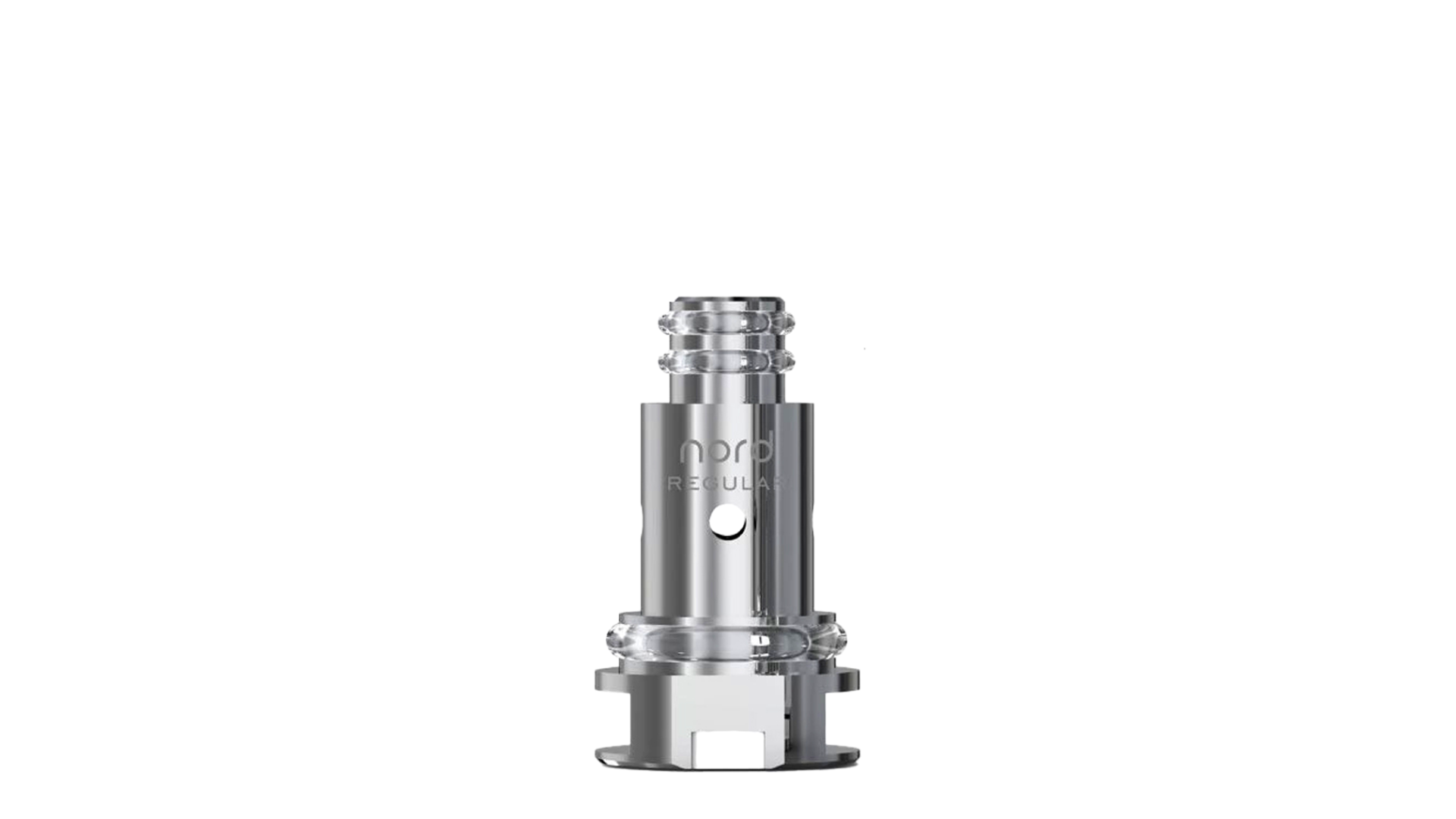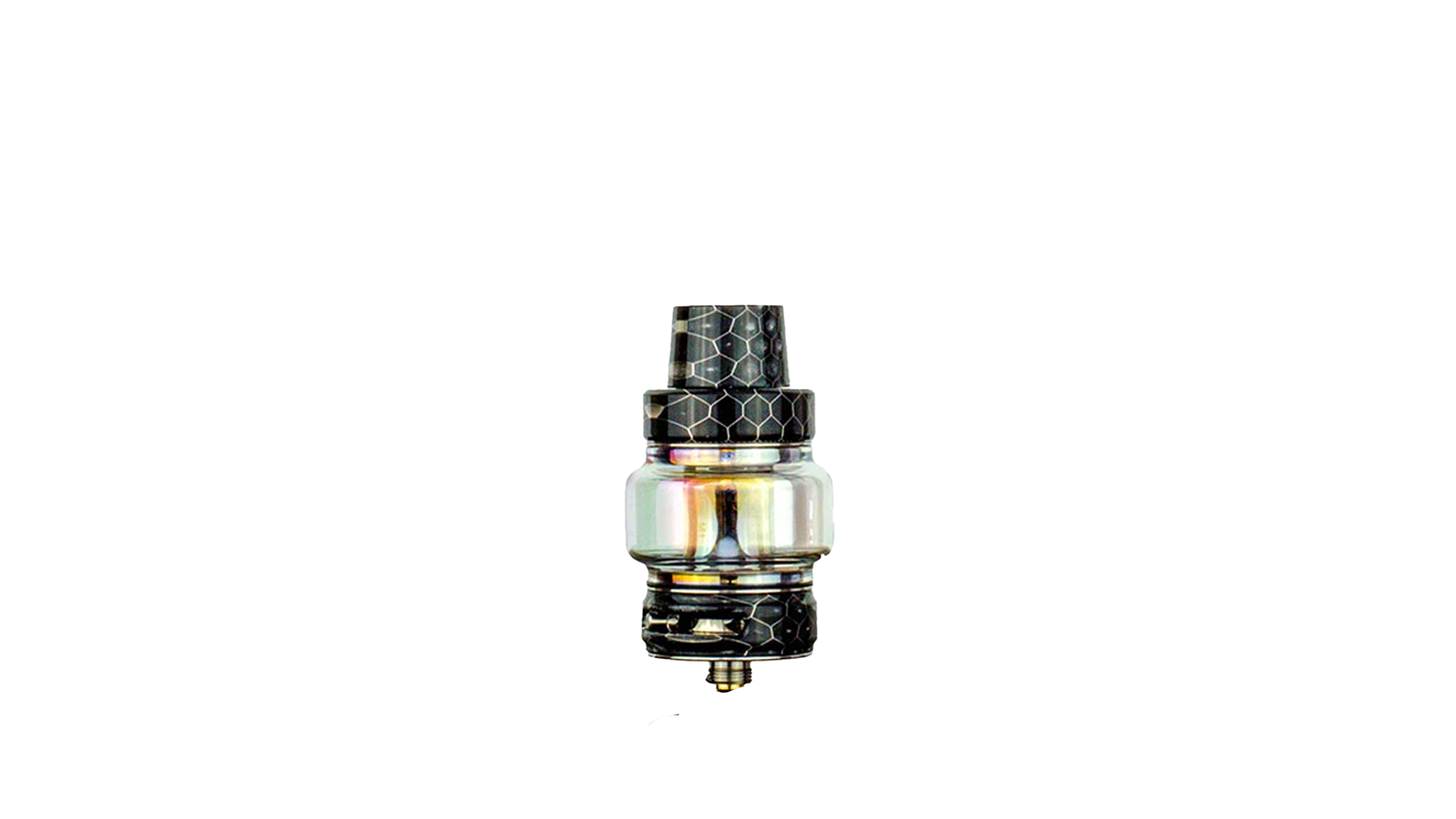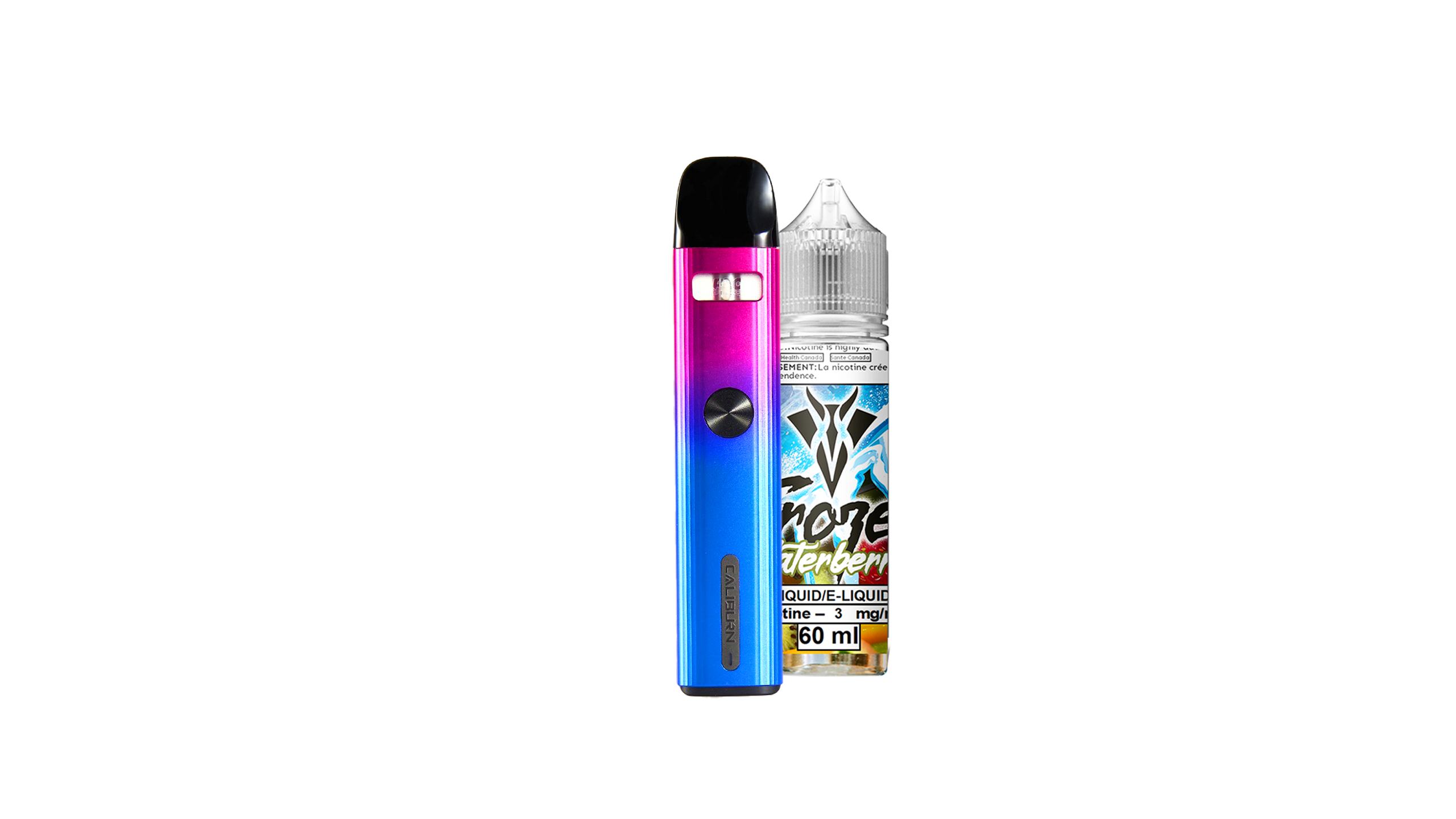Coils: Everything You Need to Know!
There are a wide variety of different coils in the market, and this can be overwhelming to the new or even experienced vaper. Knowledge of each type and how they work can be key to a great vaping experience! The coil is crucial to the vaping process, so let us start with the basics of what coils are.
The coil is often referred to as the heart of the atomizer. They are made of resistive wire and absorbent material. The coil is the unit responsible for heating up the e-liquid and creating the vapor. The resistance of the coil can be modified by adjusting the number of wraps of wire there are. The most common materials coils are made of include kanthal, nichrome, titanium, stainless steel, and nickel. However, the most common of these is kanthal. The resistance of kanthal is stable across different wattages making it an excellent choice for any vaping device on the market.
After exploring the different materials, an understanding of wire gauges comes next. This is a measurement of how thick the wire is. Thicker wire has less resistance and slower ramp up time, thinner wire has higher resistance and quicker ramp up time. What you choose will be based on the type of vape experience you are going for!

Now that we have looked at wire materials and the different gauges and their use, lets look at the different types of coils.
-
Standard coils
- Kanthal wire
- Horizontally orientated
- Wraps that do not touch
- Wick inserted through center
-
Vertical coils
- Kanthal wire
- Vertically orientated
- Wick wrapped around the outside
- Offer great wicking and improved airflow
-
Dual/triple/quadruple coils
- Numerous coils in one setup
- Reduces resistance
- Reduces ramp-up time
- Higher wattages
-
Parallel coils
- Dual coils
- Two strands wrapped together not separate
- One wick can be used for easier setup
-
Clapton coils
- Like a standard coil but uses Clapton wire
- Thicker center with thinner wire wrapped around
- Greater surface area
- Increases vapor produced
- Longer ramp-up time
-
Twisted coils
- Like a standard coil but more complicated wire
- Wires twisted together to get two strands in one
- Improves vapor produced
- Improves flavor
- Longer ramp-up time
-
Tiger coils
- Like Clapton but outer layer uses kanthal ribbon
- Boosts surface area
- Improved vapor produced
- Improved flavor
Deciding on which coil is best for you starts with an understanding of how each one works. Most vapers use sub ohm tanks with pre-made coils. These coils usually use kanthal wire and a standard design! As discussed above, the material, resistance and wattage are what will give the unique vaping experience you are looking for. Lower resistance coils heat up quicker and produce more vapor. The higher resistance coils are better for “mouth-to lung” and tend to be preferred by smokers who have recently switched to vaping. Making sure the coil you choose is compatible with your tank is also important.
The following blog dove into the basic understanding of coils, however, the best way to ensure you have found the right fit is to speak with someone experienced in the vaping industry. Our goal at VanGo is to make sure our customers continue to have all their vaping needs met and all their questions answered! Someone on the team is always ready to lend advice!





